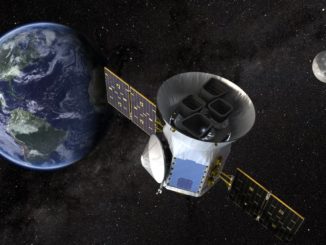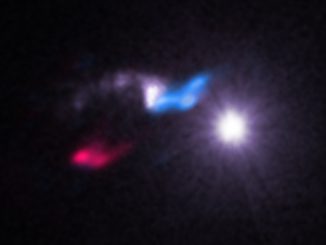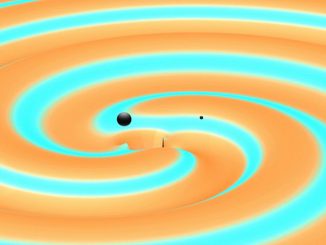
MIT



Experiment devoted to neutron star research installed on space station
A NASA instrument built to help astronomers learn about the structure and behaviour of neutron stars, super-dense stellar skeletons left behind by massive explosions, has been mounted to an observation post outside the International Space Station after delivery aboard a SpaceX supply ship earlier this month.


Team makes planet hunting a group effort, finds more than 100 candidates
An international team of astronomers released the largest-ever compilation of exoplanet-detecting observations made using a technique called the radial velocity method. They demonstrated how these observations can be used to hunt for planets by detecting more than 100 potential exoplanets, including one orbiting the fourth-closest star to our own Solar System, which is about 8.1 light years away from Earth.

LIGO resumes search for gravitational waves
After a series of upgrades, the twin detectors of LIGO, the Laser Interferometer Gravitational-wave Observatory, have turned back on and resumed their search for ripples in the fabric of space and time known as gravitational waves. Now boasting a 25 percent improvement in sensitivity, LIGO recommenced science observations at 4pm GMT on 30 November.

A stellar circle of life near Cygnus X-3
A discovery that provides a new way to study how stars form has been captured in a new portrait from NASA’s Chandra X-ray Observatory and the Smithsonian’s Submillimetre Array (SMA). A cloud that is giving birth to stars has been observed to reflect X-rays from Cygnus X-3, a source of X-rays produced by a system where a massive star is slowly being eaten by its companion black hole or neutron star.

What happened after the lights came on in the universe?
The National Science Foundation has approved funding to expand the Hydrogen Epoch of Reionisation Array (HERA) in South Africa. Upgrading the number of antennas from 19 to 240 by the year 2018 will enable HERA to study more clearly the impact of cosmic dawn, the moment a few hundred million years after the Big Bang when the first stars and galaxies blazed awake.

Hubble makes first atmospheric study of Earth-sized exoplanets
Astronomers using the NASA/ESA Hubble Space Telescope have conducted the first search for atmospheres around temperate, Earth-sized planets beyond our solar system. They found indications that increase the chances of habitability on two exoplanets known as TRAPPIST-1b and TRAPPIST-1c orbiting a red dwarf star approximately 40 light-years away.

Did gravitational wave detector find dark matter?
A matter of scientific speculation since the 1930s, dark matter itself cannot yet be detected, but its gravitational effects can be. Now, eight scientists from Johns Hopkins University consider the possibility that the first black hole binary detected by LIGO could be part of this mysterious substance known to make up about 85 percent of the mass of the universe.
